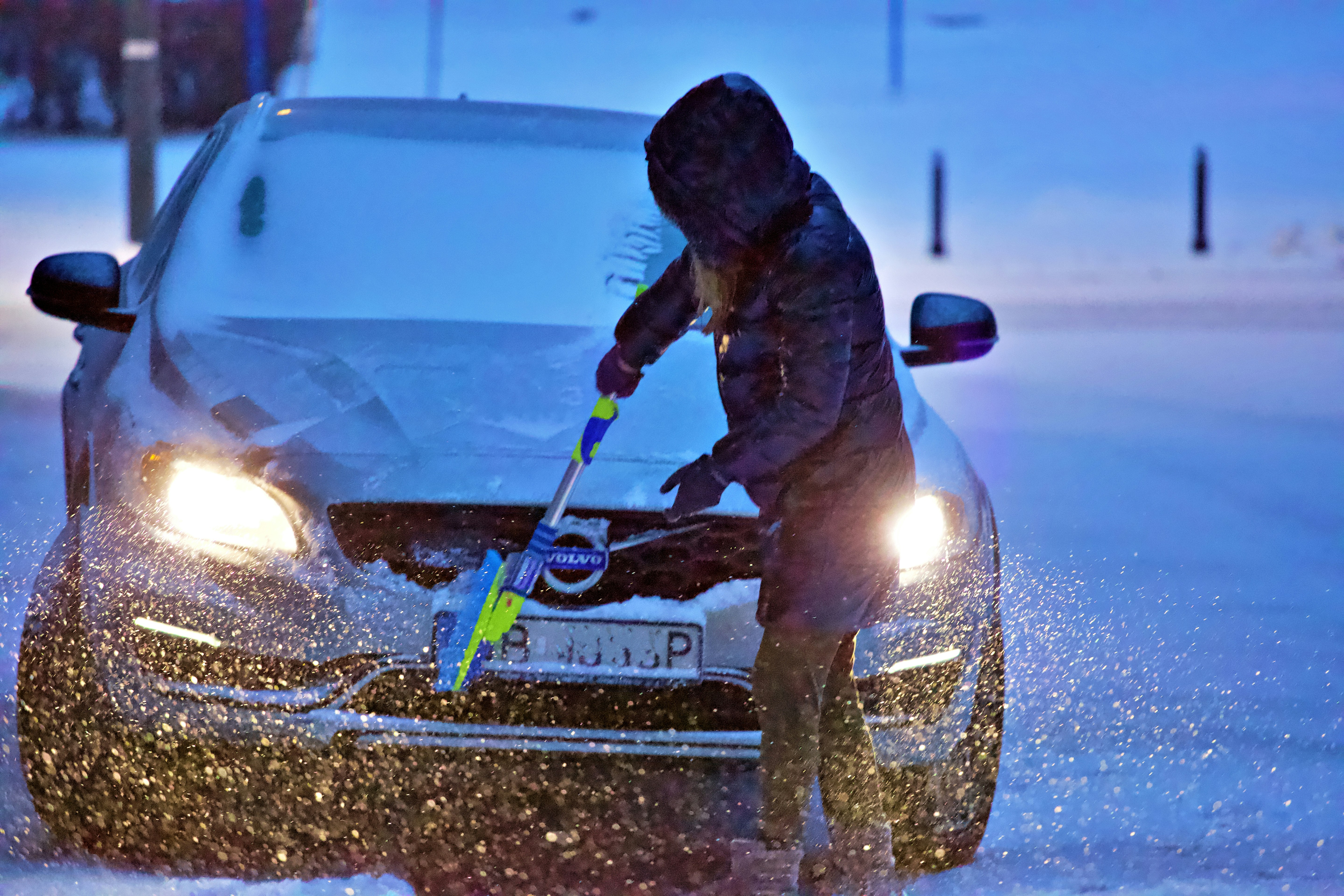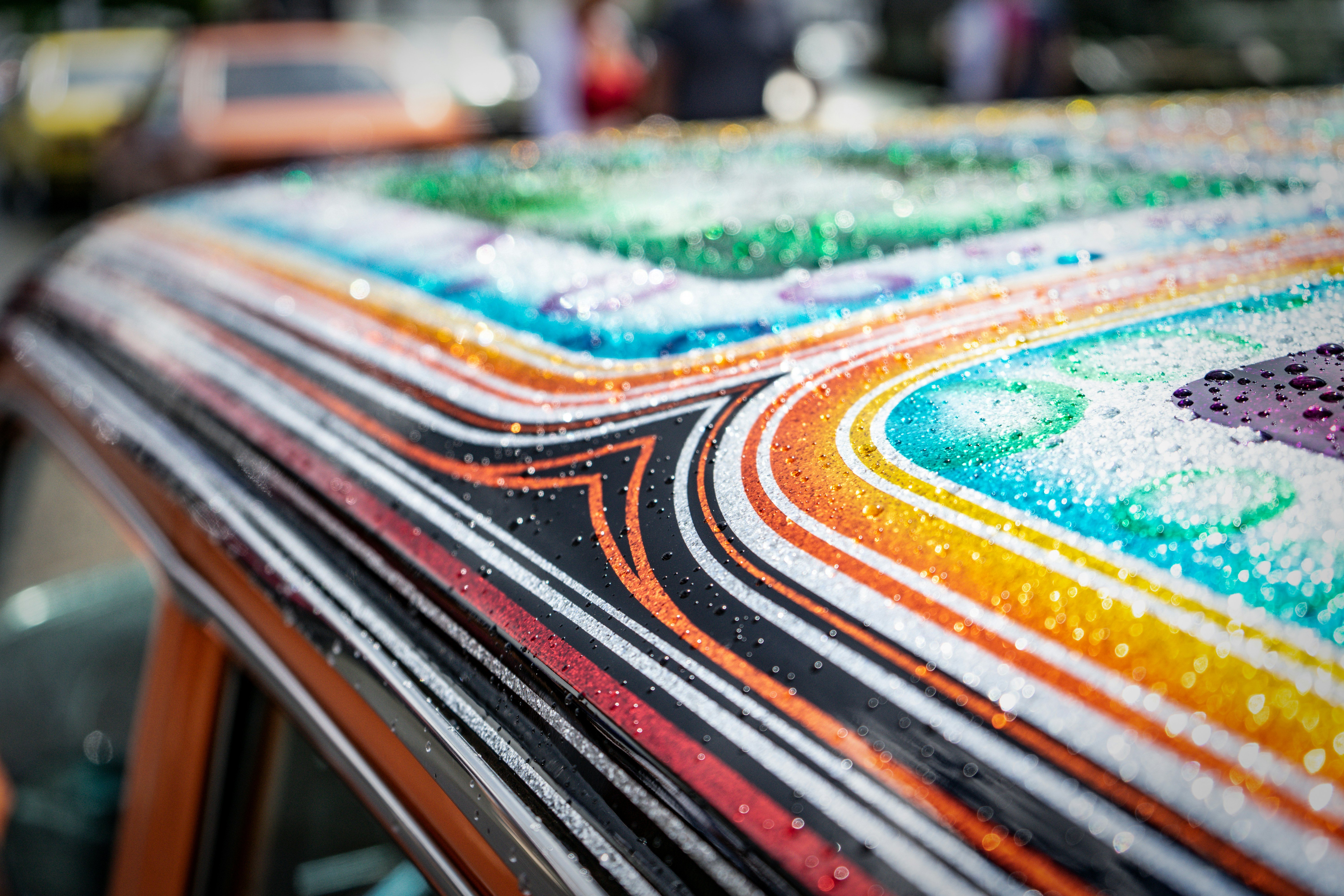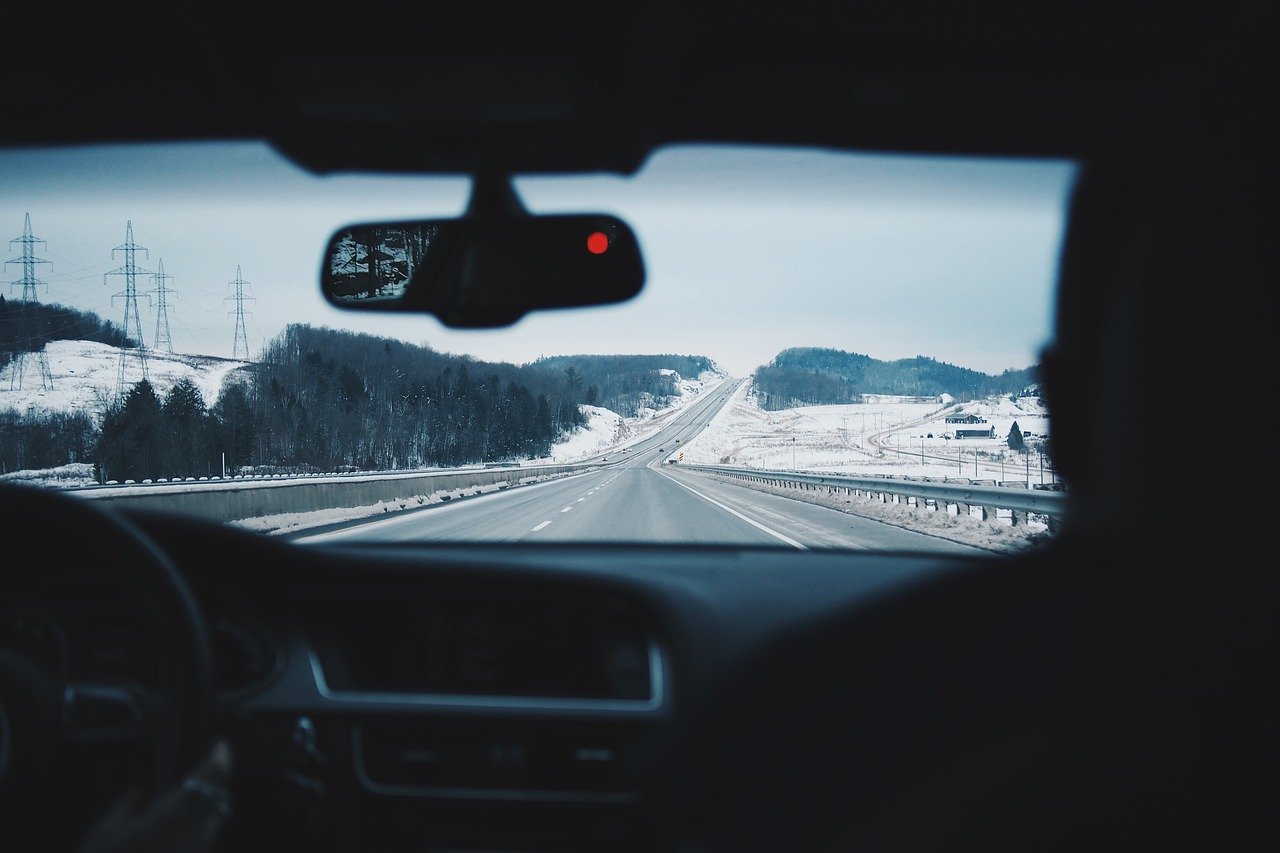Wig Basics
Wig is a kind of artificial hair product, which is widely used to change hair style, increase hair volume, cover baldness and other purposes.

This article will introduce the basic knowledge of wigs, including the types of wigs, materials, selection and care.
The type of wig
1. Full Wig: A full wig is a wig product that covers the entire head, similar to a hat, and can completely change the hairstyle and hair color. Full wigs are usually made of synthetic or human hair and come with an adjustable cap to accommodate different head sizes.
2. Hair Piece: A hair piece is a small piece of wig, usually used to increase the volume of hair or cover certain areas of baldness. Hair pieces can be fixed to natural hair to make the hairstyle more full and natural.
3. Hair Extensions: A wig is a long, thin piece of hair that is usually used to extend the length of natural hair. They can be attached to natural hair by means of clips, adhesives, or braiding.
4. Hair Toppers: Hair toppers are a type of wig product similar to hair pieces, but larger and thicker, usually used to cover bald or sparse areas on the top of the head.

Choose the right wig
1. Color and style: Choosing the right wig color and style is very important to ensure that it matches natural hair and meets personal preferences. You can choose a color that is similar to your natural hair, or try new hair colors to add variety.
2. Head circumference and size: The wig needs to match the head circumference size to ensure comfort and stability. You can choose the right wig size based on your head circumference, or choose a wig with an adjustable cap.
3. Material and quality: Choose the right wig material according to your personal needs and budget. Synthetic wigs are suitable for short-term use and low cost needs, while human hair wigs are suitable for long-term use and higher quality requirements.
Wig care
1. Cleaning: Wigs need to be cleaned regularly to keep them clean and hygienic. Special wig conditioners can be used, washed and treated according to the instructions.
2. Storage: When the wig is not in use, it should be stored in a clean, dry and well-ventilated place. Special wig holders or boxes can be used to store wigs and avoid knots and damage.
3. Heat treatment: Synthetic wigs are generally not resistant to high temperatures, so hot tools such as curling irons or hair straighteners should be avoided for perm or styling. Human hair wigs can withstand a certain degree of heat treatment, but it is still necessary to use heat tools carefully to avoid damaging the hair strands.
4. Combing: Use a wide tooth comb or special wig comb to gently comb the wig, avoiding excessive pulling and knotting. Before grooming, you can use a special wig spray or hair product to reduce static and keep it smooth.
5. Maintenance trim: Trim the wig regularly as needed to keep the hairstyle neat and orderly. You can have your hair cut by a professional stylist, or follow the instructions to trim it yourself.

Peroration
All in all, wigs are a common beauty product for human beings, and they provide functions such as changing hair styles, increasing hair volume, and covering baldness. Understanding and knowing the basics of wig types, materials, selection and care is crucial to choosing and using wigs. Hopefully this article will provide you with the basics about wigs and help you feel more confident and satisfied when using wigs.

Winter Car Care: Essential Maintenance Tips for Keeping Your Vehicle Safe and Reliable
Cold weather, road salt, and ice can take a toll on your car if it's not properly maintained. As such, it's crucial to take extra care of your vehicle during the winter months to ensure its safety and performance. Here are some essential tips for maintaining your car during the winter:Check the battery: Cold temperatures can reduce your battery's power, so it's essential to have it tested to ensure it's in good condition. If your battery is more than three years old, it's a good idea to consider replacing it to prevent unexpected breakdowns.Inspect the tires: Proper tire maintenance is crucial for safe winter driving. Check the tire pressure regularly, as cold temperatures can cause it to decrease. Also, ensure that your tires have enough tread depth to provide sufficient traction on snowy and icy roads. Consider switching to winter tires for improved grip and handling in cold conditions.Change the oil: Cold weather can cause your engine oil to thicken, making it more difficult for the engine to start. Consider switching to a winter-grade oil that flows more easily at low temperatures. It's also essential to stick to the manufacturer's recommended oil change intervals to keep your engine running smoothly.Test the lights: Days are shorter in the winter, so it's critical to make sure all your vehicle's lights are working correctly. This includes headlights, taillights, turn signals, and brake lights. Proper lighting not only helps you see better in low-light conditions but also makes your vehicle more visible to other drivers.

Skills for Car Paint Upkeep
Therefore, the correct maintenance of the car paint is very important. The following will describe in detail how to maintain the car paint methods and skills.1. Avoid wiping with hard objectsWhen stains or dirt appear on the surface of the car paint, do not use hard objects to wipe, such as ordinary rags or paper towels. Doing so can scratch the paint, causing fine scratches and damage. The correct approach is to use a soft sponge or professional car cleaning cloth to gently wipe the stain and avoid overexertion.2. Wax regularlyWaxing is one of the important steps to protect car paint. The wax can form a protective film to prevent dirt and UV light from eroding the paint. It is recommended to wax the vehicle every 3-6 months, and the specific frequency can be adjusted according to the use of the vehicle and the environment. Before waxing, ensure that the surface of the vehicle is clean and choose the appropriate car wax product.3. Avoid prolonged exposure to sunlightProlonged exposure to sunlight can cause car paint to fade and age. Therefore, try to choose a place with shade when parking, or use a shade baffle to block. If it is impossible to avoid parking outdoors for a long time, you can consider using a vehicle cover to cover the entire body to play a certain protective role.4. Repair scratches and stone hits in timeIn daily use, car paint will inevitably appear some scratches and stone impact. If these damages are not repaired in time, they will accelerate the aging and corrosion of the car paint. Therefore, timely repair of scratches and stone impact is an important part of the maintenance of car paint. For small scratches, you can use the car paint repair pen to repair; For a large area of damage, it is recommended to seek professional car repair services.

What Should You Do for Your Car in Winter
In this season,owners should carry out a series of necessary checks. Let's take a look at what you should check for your car in the winter.1.Engine oilFirst, you need to check whether the engine oil is clean and whether it needs to be replaced. In winter, the viscosity of engine oil will increase, if the oil is not clean or has deteriorated, it may affect the normal operation of the engine. Therefore, before the arrival of winter, clean oil should be replaced to ensure the normal operation of the engine.2.Cooling systemThe cooling system is an important part of keeping the engine running properly. In the winter, the cleanliness and concentration of the coolant should be checked, and if the coolant is insufficient or of poor quality, it should be replaced in time. At the same time, it is also necessary to check whether the various components of the cooling system are leaking or damaged, and if there is a problem, it should be repaired in time.3.The batteryIn winter, the temperature is low, the power of the battery will be affected, and it is easy to lose power. Therefore, before the arrival of winter, you should check whether the battery is sufficient, if the power is insufficient, you should charge it in time. At the same time, it is also necessary to check whether the connection of the battery is tight to prevent the loss of electricity due to loose connection.4.TireThe tire is the part of the vehicle in contact with the ground, and its condition is directly related to the safe driving of the vehicle. In winter, because the temperature is lower, the road may become slippery or icy, so it is necessary to check the depth of the tire pattern and air pressure to meet the standard. If the tire is seriously worn or the air pressure is insufficient, it will affect the grip and driving stability of the tire, and increase the risk of accidents.

Enhancing Wardrobe Storage Space with Hanging Rods for Improved Quality of Life
It's time to think outside the box and maximize your wardrobe storage space effectively. One practical and efficient method is to incorporate hanging rods into your closet organization.To make the most out of your wardrobe space, consider the following detailed suggestions and specific dimension recommendations for creating an efficient and organized closet:Assess your wardrobe: Before implementing any changes, take the time to assess your wardrobe and its contents. Determine the types of clothing you own, their respective sizes, and the frequency of use. This will help you plan the layout and dimensions of your hanging rods accordingly.Multi-level hanging: Utilize multi-level hanging rods to optimize vertical space. For shirts, blouses, and lighter garments, a hanging rod height of 38-42 inches (96-107 cm) from the floor is ideal, while longer hanging garments such as dresses and coats should have a higher rod at around 66-69 inches (168-175 cm) from the floor. This allows for efficient use of space and easy access to different types of clothing.

A Fresh Guide to Essential Gear for Outdoor Hiking
To fully enjoy the journey, having the right gear is essential for safety, comfort, and convenience. In this comprehensive guide, we will explore the essential equipment needed for outdoor hiking and provide valuable insights for hikers to make informed decisions when it comes to gear selection.Footwear: The Foundation of Every HikeThe importance of proper footwear cannot be overstated when it comes to hiking. Invest in high-quality hiking boots or trail shoes that provide ankle support, a sturdy sole, and waterproofing. A proper fit is crucial to prevent blisters and ensure stability on rugged terrain.Backpack: Carrying Comfort and ConvenienceSelecting the right backpack is essential for carrying all your essential gear. Look for a backpack with padded shoulder straps, adjustable waist belt, and multiple compartments for organized storage. Consider the capacity based on the length of your hikes and the gear you plan to carry.Clothing: Layering for Comfort and ProtectionDress in layers to regulate body temperature and protect against the elements. Moisture-wicking base layers, insulating mid-layers, and waterproof outer layers are essential. Don't forget to pack a hat, gloves, and extra socks for changing weather conditions.Navigation Tools: Finding Your Way SafelyA reliable map and compass are essential for navigating through unfamiliar terrain. Consider complementing these traditional tools with a GPS device or smartphone app for added convenience. Be sure to familiarize yourself with how to use these tools before heading out.
TOP NEWS


.png)

.png)

.png)

.png)

.png)

.png)

.png)

.png)
.png)
Recommended suppliers
Trade Alert
- Delivery New Products To YouTell Us What Are You Looking For?

- Acre/Acres
- Ampere/Amperes
- Bag/Bags
- Barrel/Barrels
- Blade/Blades
- Box/Boxes
- Bushel/Bushels
- Carat/Carats
- Carton/Cartons
- Case/Cases
- Centimeter/Centimeters
- Chain/Chains
- Combo/Combos
- Cubic Centimeter/Cubic Centimeters
- Cubic Foot/Cubic Feet
- Cubic Inch/Cubic Inches
- Cubic Meter/Cubic Meters
- Cubic Yard/Cubic Yards
- Degrees Celsius
- Degrees Fahrenheit
- Dozen/Dozens
- Dram/Drams
- Fluid Ounce/Fluid Ounces
- Foot/Feet
- Forty-Foot Container
- Furlong/Furlongs
- Gallon/Gallons
- Gill/Gills
- Grain/Grains
- Gram/Grams
- Gross
- Hectare/Hectares
- Hertz
- Inch/Inches
- Kiloampere/Kiloamperes
- Kilogram/Kilograms
- Kilohertz
- Kilometer/Kilometers
- Kiloohm/Kiloohms
- Kilovolt/Kilovolts
- Kilowatt/Kilowatts
- Liter/Liters
- Long Ton/Long Tons
- Megahertz
- Meter/Meters
- Metric Ton/Metric Tons
- Mile/Miles
- Milliampere/Milliamperes
- Milligram/Milligrams
- Millihertz
- Milliliter/Milliliters
- Millimeter/Millimeters
- Milliohm/Milliohms
- Millivolt/Millivolts
- Milliwatt/Milliwatts
- Nautical Mile/Nautical Miles
- Ohm/Ohms
- Ounce/Ounces
- Pack/Packs
- Pair/Pairs
- Pallet/Pallets
- Parcel/Parcels
- Perch/Perches
- Piece/Pieces
- Pint/Pints
- Plant/Plants
- Pole/Poles
- Pound/Pounds
- Quart/Quarts
- Quarter/Quarters
- Rod/Rods
- Roll/Rolls
- Set/Sets
- Sheet/Sheets
- Short Ton/Short Tons
- Square Centimeter/Square Centimeters
- Square Foot/Square Feet
- Square Inch/Square Inches
- Square Meter/Square Meters
- Square Mile/Square Miles
- Square Yard/Square Yards
- Stone/Stones
- Strand/Strands
- Ton/Tons
- Tonne/Tonnes
- Tray/Trays
- Twenty-Foot Container
- Unit/Units
- Volt/Volts
- Watt/Watts
- Wp
- Yard/Yards
Select template type:
One Request, Multiple Quotes.









